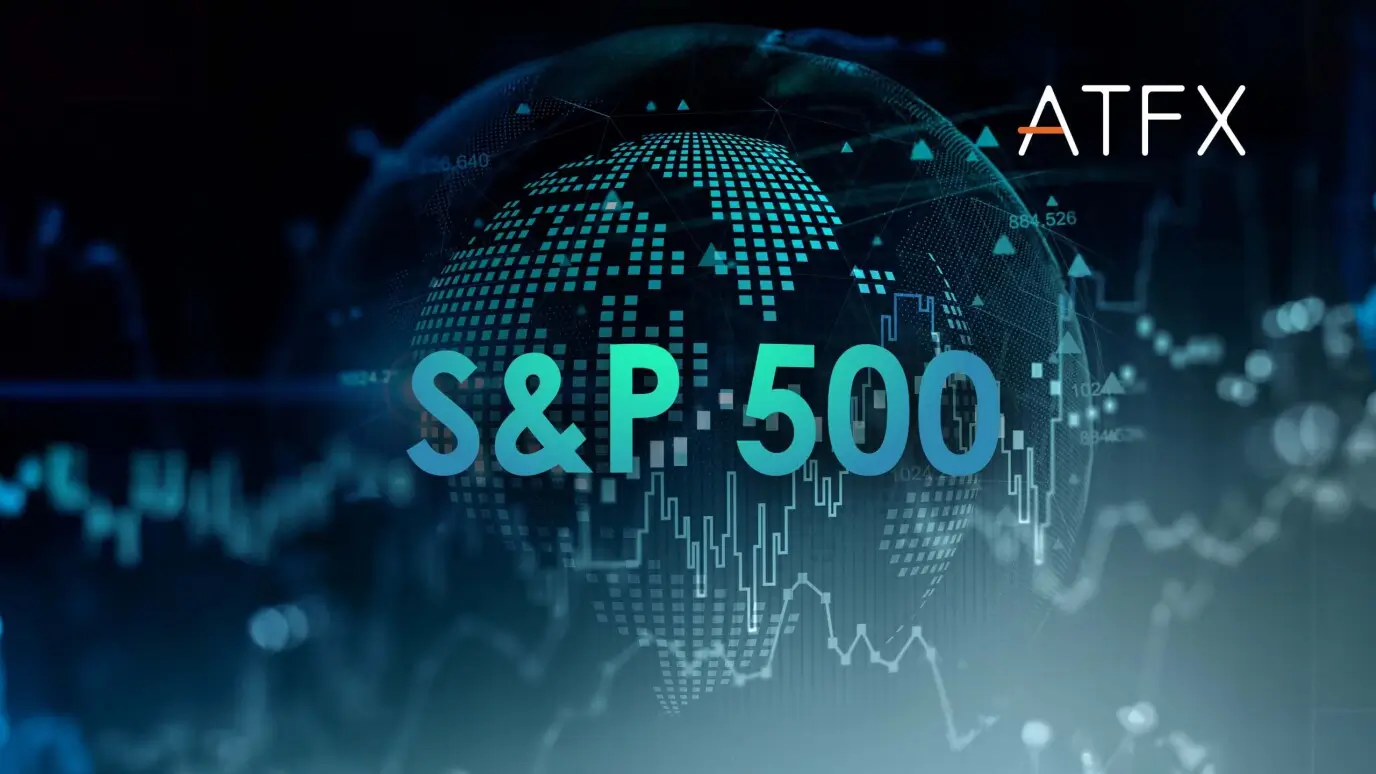The trend of gold prices fluctuated this week. On August 30, the gold price fell by 1.05% to about $1,723. On August 26, gold prices fell from $1,757 to $1,736, with the decline continuing through Wednesday. The market is concerned about whether gold prices will fall below the critical $1,700 level, while other commodities such as silver and crude oil are also falling. What caused the price of gold to plummet in recent days? Will it be a more bearish situation or a strong rebound in the future?
The main reason for the recent sudden decline in the price of gold is that the US economic data was unexpectedly better than market expectations. The data released by the Conference Board on Tuesday showed that the consumer confidence index in August rose to 103.2 from a revised 95.3 in July, rising for the first time in four months. This reflects a drop in oil prices that has made US consumers more optimistic about the country’s economic outlook.
On the same day, US job market data was released, which was also better than expected. The number of job vacancies in the United States in July was 11.239 million, far exceeding the market expectation of 10.375 million and the previous value of 10.698 million in June, indicating that the US labour market still had high labour demand.
The upbeat jobs data also eased market worries about a US recession. The market’s prediction that the Federal Reserve will continue to raise interest rates was driven by the positive news at the macroeconomic level. The US dollar is expected to remain at the current high levels, weakening gold’s rebound, which aligns with Powell’s hawkish remarks at the Jackson Hole central bankers’ annual meeting. The markets are convinced the Fed will maintain its current path of raising interest rates. The market largely embraces the view that the upcoming rate hike will be a 75 basis points hike.
With more and more bets on the Federal Reserve raising interest rates sharply, gold has continued its downward trend. Moreover, before the September interest rate decision, the market expects more interest rate hikes may continue, triggering a further sell-off in gold.
As for how long the downward trend in gold prices may last, it primarily depends on the performance of the US inflation data in August and the following statement by Fed officials. Unless the data released this month shows that inflation has slowed, the market will start looking at the possibility of the Fed raising interest rates. From Powell’s previous speech, efforts to curb inflation through higher interest rates put the price of gold into a volatile downward trend.
Another reason for the continued bearishness of gold prices is that the European Central Bank has also turned hawkish. ECB Council member Madis Müllerrecently commented that the European Central Bank should raise interest rates by 75 basis points at its September policy meeting. Assuming Europe and the United States raise interest rates sharply, the cost of owning gold as a safe-haven asset instead of the dollar will become too high since gold does not earn interest.
Bearish gold forecasts dominate the market, focusing mainly on Friday’s non-farm payroll data. Gold bears are particularly concerned about whether the data will further corroborate the strong demand in the US job market. As a result, the jobs data may significantly impact the currently fragile gold price.


